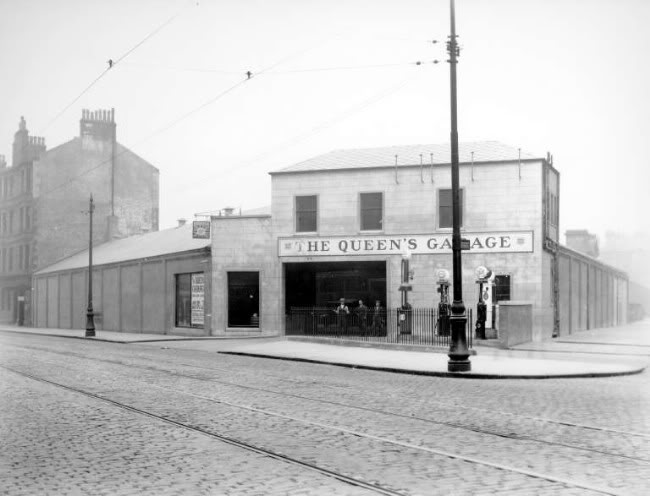There was a time (a few days ago) when I was blissfully unaware of the existence of Moray Park. It was a neighbourhood that appeared and then disappeared, and is now long forgotten like some Glaswegian Brigadoon. Even those few who knew of it weren’t sure where it was.
So it’s time to reveal the story of Moray Park.
When modern Strathbungo was first developed in the 1860s-1880s it was given the fancy name of Regents Park. This persisted into the early 20th century, but finally lost out to Strathbungo, and is largely forgotten. Like the street names, it refers to the Regent Moray (Regent Park Square, Moray Place), who fought Mary Queen of Scots (Queen Square) at the nearby battle of Langside.
Building stalled following completion of Princes (now Marywood) Square in 1884, leaving a large plot of vacant ground to the south between Marywood Square and Titwood Road. I had assumed it remained farmland or waste ground, but this was Moray Park, and it had a rather more interesting history, particularly for sports fans.






Recent Comments